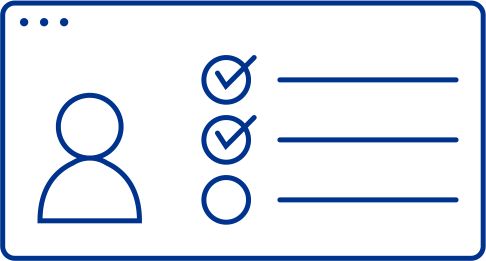The Payment Times Reporting Act 2020 requires large businesses and some government enterprises to report on their payment terms and times to small business suppliers in publicly available reports.
Australia's Payment Times Reporting Scheme which was introduced on 1 January 2021 is now law.
KPMG’s Payment Times Reporting specialists can help you understand and comply with the latest changes and updates to the Payment Times Reporting scheme.
Key elements
Learn more about your obligations and your requirements under the Payment Times Reporting Scheme.
Who needs to lodge a Payment Times Reporting submission?
Under the Payment Times Reporting Scheme reporting entities are required to lodge bi-annual reports to the Payment Times Reporting Regulator. To determine whether you may be a reporting entity and therefore subject to reporting requirements, read:
Payment times reporting for large business >
When will you need to report your Payment Times metrics?
Reporting entities are required to lodge a Payment Times Reporting submission every 6 months. They will then have 3 months to prepare and lodge their report to the Payment Times Reporting Regulator via the Payment Times Reporting online portal.
For most Australian businesses with either a 30 June or 31 December year end, the relevant submission deadlines are 31 March and 30 September.
Who is a small business supplier under the Payment Times Reporting Act?
The Payment Times Reporting Scheme’s primary concern is the timely payment of invoices to small business suppliers. As such, the accurate identification of small business suppliers is a key consideration of the Regulator and a defining pillar of the Scheme.
To tackle this problem, the Regulator launched its Small Business Identification Tool, which enables reporting entities to determine which of their suppliers are considered a ‘small business’. Under the Payment Times Reporting Act 2020, an entity is defined as a small business if it carries on an enterprise in Australia and for its most recent income year its total income was less than $10 million.
The Small Business Identification tool functions by analysing a reporting entity’s supplier ABNs and then flagging which of those ABNs belong to a supplier that is considered a small business supplier under the Scheme. Reporting entities are encouraged to either run the Small Business Identification tool following the reporting period end date, or in regular intervals throughout the year.
What should you include in your report?
The Scheme requires reporting entities to prepare and disclose a wide range of information in relation to their payment practices to their small business suppliers, including:
- percentage by total value, of procurement by the reporting entity in the reporting period that was from small business suppliers
- shortest, standard and longest payment terms offered to small business suppliers
- percentage by total number and value of small business supplier invoices paid within specified date ranges
- percentage by total number and value of small business supplier invoices where supply chain finance arrangements were used
- additional information to provide context to disclosures.
Once submitted, this information will then be lodged on the publicly available Payment Times Reporting Register.
What are the potential penalties and fines for non-compliance with the Payment Times Reporting Act?
The Payment Times Reporting Regulator holds extensive enforcement and compliance powers.
Where a reporting entity fails to report, the maximum penalty for incorporated entities is $82,500 per day.
Where a reporting entity submits a false or misleading report, the maximum penalty is 0.6 percent of total income for the entity’s most recent income year.
The Regulator also holds the power to issue civil penalties where a reporting entity fails to comply or reasonably assist with a compliance audit or where a reporting entity fails to keep hold of records.
What other implications should you consider?
Given that all Payment Times Reporting submissions are made publicly available via the Payment Times Reporting register, reporting entities should consider the reputational risks that are at stake. Previously, the media and key stakeholders for small businesses have been vocal in voicing their concerns over small business payment practices, which is something we anticipate to continue in the future.
Common challenges with Payment Times Reporting preparations
Based on our experiences advising a wide range of clients navigate the Scheme, there are often common challenges confronted by even the largest businesses. These include:
- data quality and accuracy for supplier ABNs
- data capture for credit card and procurement card spend
- data capture for credit notes and rebates
- aligning methodology and assumptions to latest guidance material.
Navigate your Payment Times Reporting journey with KPMG
KPMG’s Payment Times Reporting solutions range from targeted advice through to a fully outsourced metrics calculation service. To understand the latest developments and how KPMG can support your reporting needs, contact us today.


